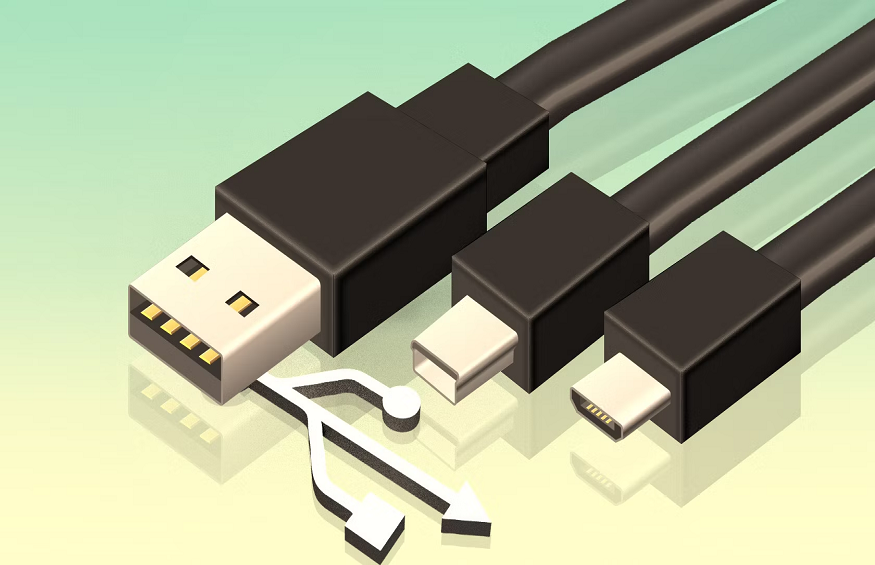USB connections have evolved in size, form, and data transmission capabilities since their introduction in the mid-1990s. Type C, the most recent physical standard, has increased bandwidth, bi-directional and reversible capabilities, and is capable of significantly greater power transmission than previous generations. Three distinct standards apply to USB connectors. These include the physical connection, data transfer protocol, and power delivery. CUI Devices provides a detailed blog post on these requirements. A USB Type C connector follows the specifications to a high standard. This physical standard is meant to fulfill the power supply specification up to 100 W. This opens up USB power options to new heights. The power transmission capabilities of Type C have increased to 240W after the adoption in 2021 of the USB PD 3.1 standards.
USB Type C’s Power Applications Benefits
A USB Type C connector has 16 data transmissions and four power connections. It also includes four ground pins. The total number of pins is 24. USB Type C has a maximum power output of 240 W and is an alternative to regular dc connectors.
Uniformity is one of the most important benefits of using a USB for power transmission. USB ports are now commonplace. The switch to Type C is also gaining popularity. An end-user will find the advertised simplicity of one, standard-issue cable type to connect a range of goods appealing. Standardization has made it possible to easily obtain these connections (power and data+power) and established a solid supply chain for OEMs. Type C connections are also easy to integrate into designs.
The USB Type C Power-Only Connector
CUI Devices developed power-only USB Type C sockets because of the above advantages. These are suitable for designs where charging or power delivery are the primary functions. CUI Devices 60 W power-only USB Type C Receptacles eliminate 16 data transmissions and two ground pins. The 100W version retains all four ground and power pins.
Because the connector is simpler than the traditional 24 pins, the connection cost is much lower. The connector is much simpler than traditional 24-pin connectors. It also has a lower cost per part and a lower failure rate. Although they can’t be used for data transport, they work with any USB Type C cable, which transfers data and power. Therefore, the user doesn’t need additional hardware or procedures when using the device.
Additional Power Considerations
USB-C Connection Considerations need to be applied in many circumstances. However, in certain cases, specialist power supply methods can still be a viable option. Type C connections, for instance, have a fixed limit of 240W. This means that they will not function in situations where greater power is required. USB PD 3.1 provides an additional 240 W limit, which expands the possibilities for Type C power connections. Sometimes, design restrictions may require a different footprint or a larger connection. If a custom solution is needed, the USB Type C connector’s footprint, size, and requirements could limit its use.
Future: USB Type C
The introduction of USB Type C connections and the Power Delivery standards have revolutionized the way we view power management and transfer. It is not the best solution for all devices, but its high-power capabilities combined with international standards make it a viable option. CUI Devices’ USB Type C power-only connections are a great alternative for engineers looking for a power supply.
CUI Devices now offers a horizontal and vertical 60 W power-only USB Type C connector. It has a maximum current rating in the range of 3A and a rating of 20 Vdc. There is also a 100W power-only USB Type C socket available with the full 5A current rating, 20 Vdc voltage rating, and all other features of USB Type C connections.




